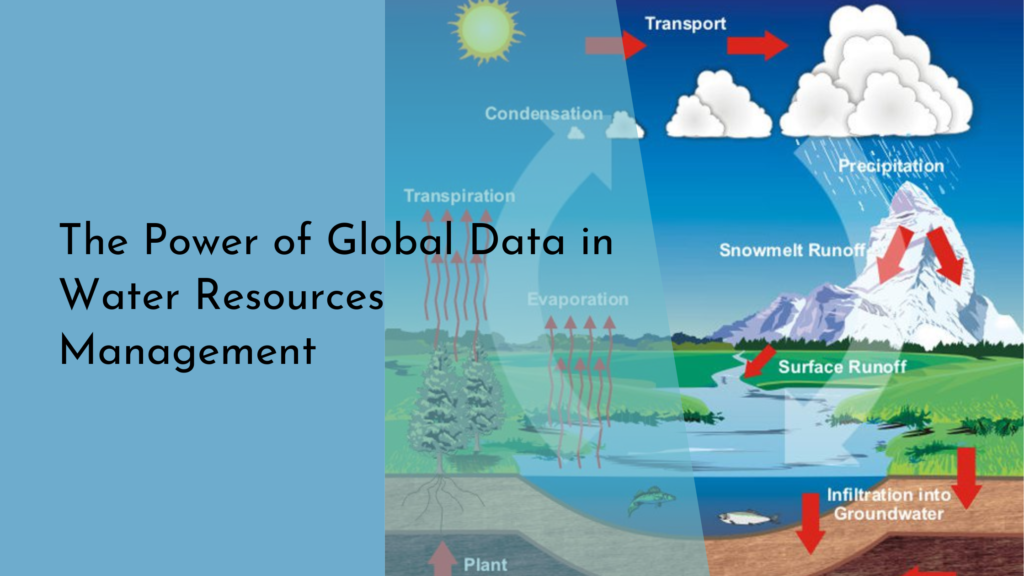Innovations in Green Transportation Technology
As the world grapples with the effects of climate change and urban congestion, the need for sustainable and eco-friendly transportation solutions becomes increasingly urgent. Innovations in green transportation technology are paving the way for a cleaner, more efficient future. From electric vehicles to hydrogen fuel cells and smart public transit systems, these advancements are transforming how we move while minimizing our environmental footprint. Join us as we explore the groundbreaking technologies driving this green revolution and the promising road ahead.
Electric Vehicles: Charging Towards the Future
Electric vehicles (EVs) are at the forefront of the green transportation movement, offering a cleaner alternative to traditional gasoline-powered cars. With advancements in battery technology, modern EVs boast impressive ranges, faster charging times, and enhanced performance. Major automakers around the world are investing heavily in the development and production of electric models, which has led to a significant reduction in costs and increased accessibility for consumers. Coupled with government incentives and a growing network of charging stations, EVs are becoming a more viable option for everyday transportation.
Furthermore, innovations such as wireless charging and vehicle-to-grid (V2G) technology are taking EVs to the next level. Wireless charging allows EVs to charge automatically when parked over a special pad, eliminating the need for cables. V2G technology, on the other hand, enables EVs to feed electricity back into the grid, providing a potential solution for energy storage and load balancing. These advancements are not only making EVs more convenient and efficient but also contributing to the overall resilience of the power grid.
Hydrogen Fuel Cells: The Power of Clean Energy
Hydrogen fuel cell vehicles (FCVs) represent another exciting frontier in green transportation, offering zero emissions and the potential for rapid refueling. Unlike electric vehicles that rely on batteries, FCVs generate electricity onboard by combining hydrogen with oxygen, resulting in only water vapor as a byproduct. This technology has the potential to revolutionize sectors such as heavy transportation, where traditional battery EVs may face limitations in range and refueling speed.
Recent innovations in hydrogen production and storage are making this renewable energy source more practical and affordable. Breakthroughs such as electrolysis powered by renewable energy sources and advancements in storage materials are reducing the carbon footprint associated with hydrogen production. Additionally, the development of hydrogen refueling infrastructure is underway globally, promising to expand the reach and adoption of hydrogen fuel cell vehicles.
Smart Public Transit: Revolutionizing Urban Mobility
Smart public transit systems are emerging as a key component of sustainable urban mobility, aiming to reduce congestion, emissions, and reliance on personal vehicles. These systems integrate cutting-edge technologies, such as AI-driven route optimization, real-time tracking, and contactless payment systems, to provide efficient and user-friendly public transportation options. By leveraging data analytics and automation, cities can improve service reliability, reduce operational costs, and enhance the overall passenger experience.
In addition to technological enhancements, the integration of electric and hybrid buses is further reducing the environmental impact of public transit. These green buses produce significantly lower emissions compared to their diesel counterparts, contributing to cleaner air in urban areas. Furthermore, initiatives like bike-sharing programs and electric scooters complement public transit, offering last-mile connectivity solutions for commuters and promoting a multimodal approach to urban transportation.
The Road Ahead: Embracing a Greener Tomorrow
The future of green transportation technology looks promising, with continuous advancements fostering greater sustainability and efficiency. Governments, corporations, and individuals are increasingly recognizing the importance of transitioning to more sustainable modes of transportation. Collaborative efforts between policy-makers, industry leaders, and researchers are driving innovation, creating new opportunities for technological breakthroughs and infrastructure development.
As we embrace a greener tomorrow, public awareness and education will play a crucial role in accelerating the adoption of these technologies. Encouraging consumers to make eco-friendly transportation choices and supporting policies that incentivize sustainable practices are essential steps toward achieving global environmental goals. With continued commitment to innovation and collaboration, the transportation landscape of the future holds the promise of a cleaner, healthier planet.
In conclusion, the innovations in green transportation technology are revolutionizing the way we travel, offering cleaner, more efficient alternatives that benefit both the environment and society. From electric vehicles and hydrogen fuel cells to smart public transit systems, these advancements are driving us toward a more sustainable future. As we look to the road ahead, embracing and supporting these technologies will be key to creating a healthier planet for generations to come. Let us continue to champion these innovations and work together to make green transportation a reality for all.

